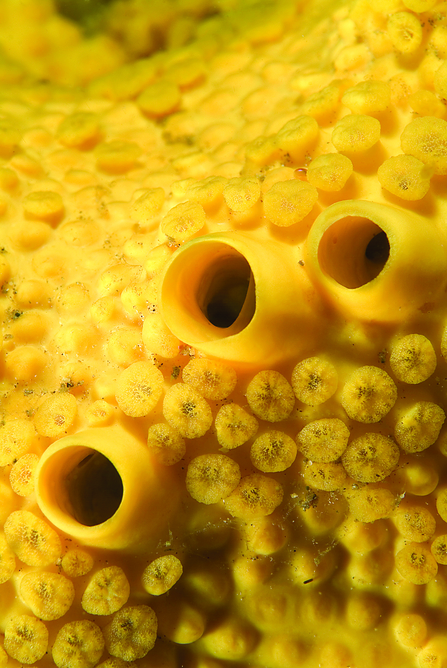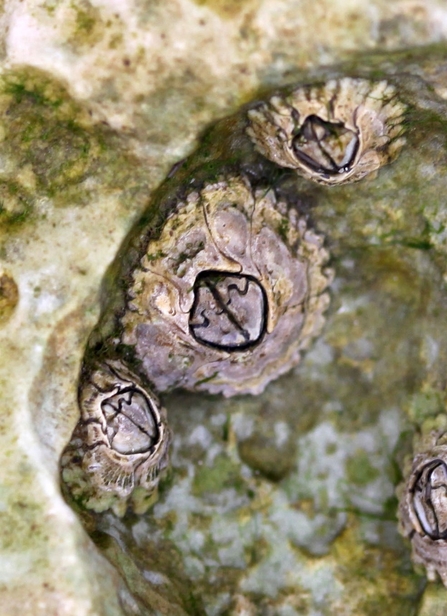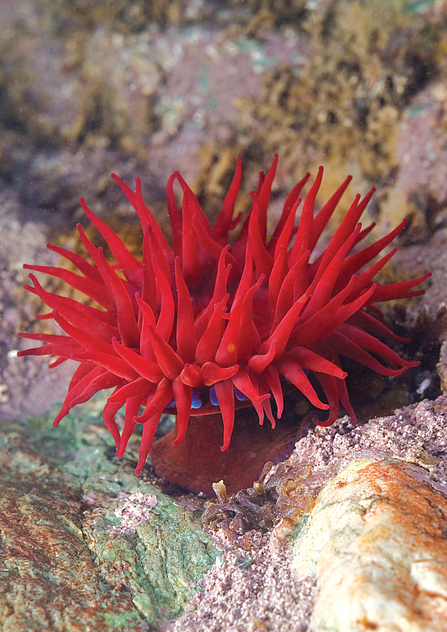The Yorkshire coast is teeming with life that many people don’t realise is right on their doorstep. While we know more about the moon than our own seas—despite relying on them for survival—there is so much left to explore and protect in our marine environment. To bridge this gap, Yorkshire Wildlife Trust is empowering volunteers to become expert observers of marine wildlife, helping to record the diverse animals and plants that inhabit our rocky shores.
Searching for Shoresearch Surveyors!
Beadlet anemone (c) Derek Haslam
Sea lemon sea slug (https://www.youtube.com/watch?v=--cx-B-hMwQ)
Sea lemon sea slug (c) Helen Fernyhough
Through the ‘Shoresearch’ program, part of The Wildlife Trusts’ national citizen science initiative, volunteers are trained to monitor the UK’s rocky shores. The data they collect is invaluable, helping us to better understand the impacts of pollution, climate change, and invasive species on marine life. This information has been crucial in the designation of Marine Conservation Zones, which are essentially nature reserves at sea.
Historically, intertidal monitoring—where the sea meets the land—has been inconsistent due to limited project funding, making long-term data collection challenging. However, by upskilling volunteers, we’re able to expand our efforts and ensure ongoing monitoring that yields meaningful results. Once verified by experts, all collected data is shared with the National Biodiversity Network, making it accessible to everyone.
One of the things I love most about Shoresearch is that every time we venture out to the shore, we discover something new. No two surveys are ever the same, and we’re constantly learning.
Below are some of my favourite rockpooling facts to whet your appetite:
Dogwhelk (c) Kirsten Smith
Dogwhelks might seem like ordinary sea snails, but they’re actually the lions of the seashore. These predators have a specialised drill that bores a hole into the shells of prey like barnacles and mussels. They then inject a paralysing chemical and digestive enzymes, turning their prey into a soup that they can easily suck up.
Yellow ringed sea squirts (c) Paula Lightfoot
Sea squirts often look like blobs of jelly stuck to rocks, but they are surprisingly one of the most closely related animals to humans on the seashore. At one stage in their life, they are free-swimming tadpoles. However, once they settle on a rock, they digest their own backbone, brain, and tail.

Boring sponge - Cliona celata (c) Derek Haslam
Sponges are the only animals that, if put in a blender, can eventually reassemble themselves. Their cells have the unique ability to recognize each other and reform into small new sponges.

Barnacles (c) Becky Hitchin
Barnacles, despite their small size, have an unusual reproductive system. They possess a long, extendable penis that can be up to eight times their body length, allowing them to fertilise nearby barnacles.
Filey Brigg Bioblitz 2 blue rayed limpet homescar (C) Andy Jayes
Limpets have teeth that have been shown to be the world’s strongest biological structure, even stronger than spider silk. They use a tongue-like foot bristling with tiny teeth to scrape food off rocks and into their mouths, often swallowing particles of rock in the process.

Beadlet anemone (c) Derek Haslam
Beadlet anemones are highly territorial and have a ring of bright blue beads beneath their tentacles that are packed with stinging cells. They use these beads to fight off other anemones and defend their territory.
We’re always looking for more Shoresearch volunteers, so if you’re interested in getting involved and discovering more about the incredible wildlife beneath the waves, visit our volunteering page.

